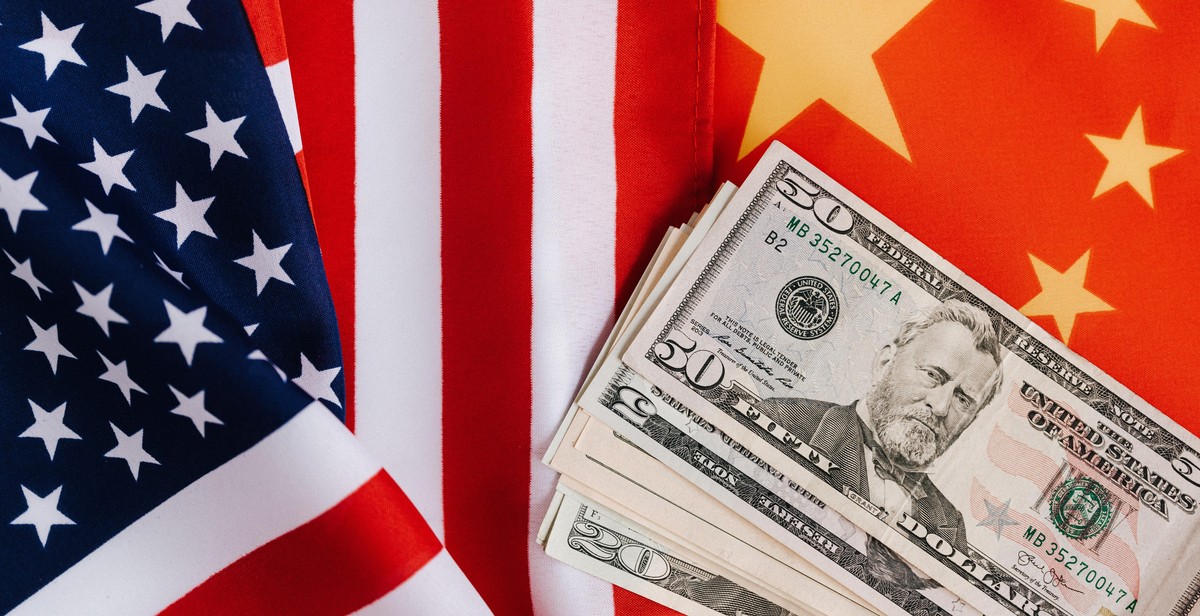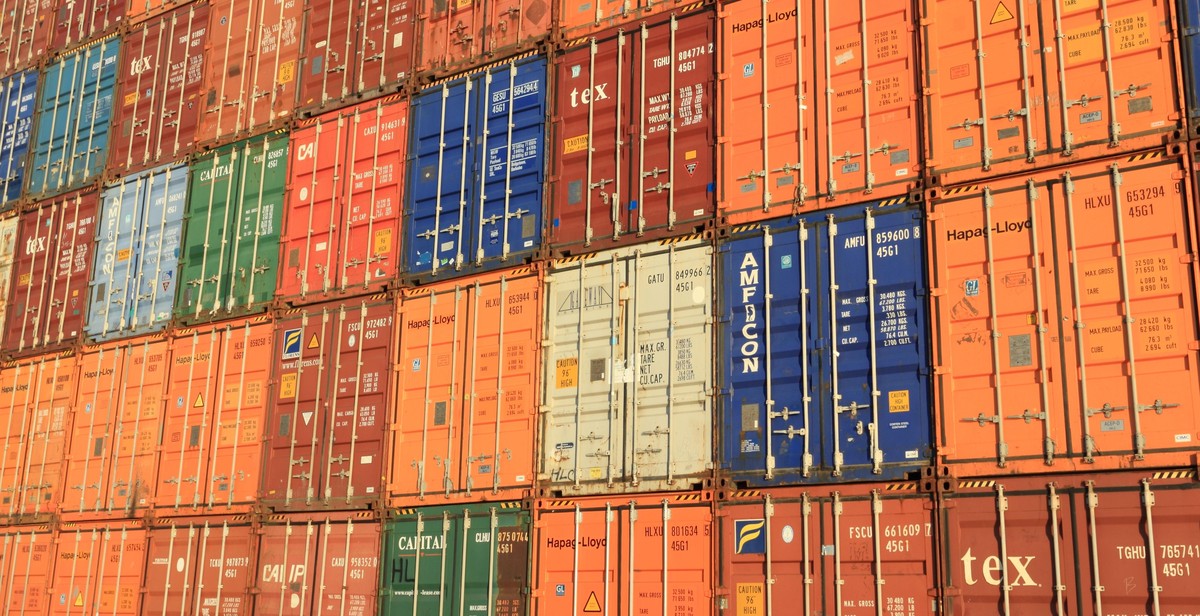How to Navigate International Trade Agreements: Understanding Trade Policies and Regulations
Trade policies and regulations are essential for any business that wants to engage in international trade. However, navigating these policies and regulations can be a daunting task, especially for those who are new to international trade. Understanding the intricacies of trade agreements is crucial for businesses to succeed in the global market.
What are International Trade Agreements?
International trade agreements are treaties between countries that establish the terms of trade between them. These agreements are designed to promote free trade, protect intellectual property rights, and provide a framework to resolve trade disputes. Some of the most prominent international trade agreements include the World Trade Organization (WTO), the North American Free Trade Agreement (NAFTA), and the European Union (EU).
Why are Trade Policies and Regulations Important?
Trade policies and regulations set the rules for conducting international trade. They establish the conditions under which goods and services can be traded, and they regulate the movement of goods across borders. Without trade policies and regulations, businesses would have a difficult time navigating the complex world of international trade.
How to Navigate Trade Policies and Regulations
Navigating trade policies and regulations requires a solid understanding of the various agreements and regulations that govern international trade. Businesses must stay up-to-date on changes in trade policies and regulations to ensure compliance and avoid costly penalties. Partnering with experienced trade professionals can also help businesses navigate the complex world of international trade.
In this article, we will explore the intricacies of international trade agreements, discuss the importance of trade policies and regulations, and provide tips on how to navigate these agreements successfully.

What are International Trade Agreements?
International trade agreements are legally binding agreements between countries that govern the terms of trade and commerce between them. These agreements are designed to promote and regulate international trade, with the aim of increasing economic growth and creating new business opportunities for participating countries.
Definition of International Trade Agreements
An international trade agreement is a pact between two or more countries that outlines the terms of trade and commerce between them. These agreements typically cover a range of issues, including tariffs, quotas, intellectual property rights, investment, and dispute resolution.
International trade agreements are often negotiated by governments and trade organizations, such as the World Trade Organization (WTO), to promote fair and open trade between countries. These agreements can be bilateral, involving two countries, or multilateral, involving many countries.
Why are International Trade Agreements Important?
International trade agreements are important for several reasons. Firstly, they help to reduce trade barriers, such as tariffs and quotas, which can make it easier and more cost-effective for businesses to trade with other countries. This, in turn, can lead to increased economic growth and job creation.
Secondly, international trade agreements help to promote fair and open competition between countries. By establishing a set of rules and regulations that all participating countries must follow, these agreements ensure that no country has an unfair advantage over others.
Finally, international trade agreements provide a framework for resolving disputes between countries. By establishing a set of procedures for resolving disputes, these agreements help to prevent trade wars and other forms of economic conflict between nations.
| Benefits of International Trade Agreements | Drawbacks of International Trade Agreements |
|---|---|
|
|

Types of International Trade Agreements
When it comes to international trade agreements, there are several types to consider. Each type of agreement has its own set of rules and regulations, which can affect how businesses operate in different parts of the world. Here are the four main types of international trade agreements:
Free Trade Agreement (FTA)
A Free Trade Agreement (FTA) is a pact between two or more countries that reduces or eliminates trade barriers such as tariffs, quotas, and subsidies. In an FTA, member countries agree to lower or eliminate trade barriers on goods and services traded between them. This agreement aims to promote free trade and increase economic growth.
Customs Union
A Customs Union is a trade agreement in which member countries agree to eliminate trade barriers between themselves and adopt a common external tariff on goods imported from non-member countries. This means that member countries can trade freely with each other, but they cannot negotiate their own trade deals with non-member countries. The European Union is an example of a customs union.
Common Market
A Common Market is a type of economic integration in which member countries agree to eliminate trade barriers, adopt a common external tariff, and allow the free movement of goods, services, capital, and labor between them. This means that member countries can trade freely with each other, and citizens of member countries can live and work in any other member country. The European Union is an example of a common market.
Economic Union
An Economic Union is a type of economic integration in which member countries agree to eliminate trade barriers, adopt a common external tariff, allow the free movement of goods, services, capital, and labor between them, and coordinate their economic policies. This means that member countries can trade freely with each other, citizens of member countries can live and work in any other member country, and member countries coordinate their economic policies to promote economic growth and stability. The European Union is an example of an economic union.
| Trade Agreement | Trade Barriers Eliminated | Common External Tariff | Free Movement of Goods and Services | Free Movement of Capital and Labor | Coordination of Economic Policies |
|---|---|---|---|---|---|
| Free Trade Agreement (FTA) | Reduced or eliminated | No | No | No | No |
| Customs Union | Eliminated | Yes | No | No | No |
| Common Market | Eliminated | Yes | Yes | Yes | No |
| Economic Union | Eliminated | Yes | Yes | Yes | Yes |

Key Players in International Trade Agreements
International trade agreements are complex and involve multiple organizations. Here are some of the key players:
World Trade Organization (WTO)
The WTO is a global organization that regulates international trade. It was established in 1995 and has 164 member countries. The WTO’s primary role is to ensure that trade flows as smoothly, predictably, and freely as possible.
The WTO sets and enforces rules for international trade, provides a platform for negotiations, and resolves disputes between member countries. The organization also provides technical assistance and training for developing countries to help them participate more effectively in the global trading system.
International Monetary Fund (IMF)
The IMF is an international organization that promotes international monetary cooperation and exchange rate stability. It was established in 1944 and has 190 member countries.
The IMF’s primary role is to ensure the stability of the international monetary system—the system of exchange rates and international payments that enables countries to transact with each other. The organization provides loans to member countries experiencing balance of payments difficulties and provides technical assistance and training in areas such as fiscal policy, monetary policy, and financial sector stability.
World Bank
The World Bank is an international organization that provides loans and grants to developing countries for development projects. It was established in 1944 and has 189 member countries.
The World Bank’s primary role is to reduce poverty and promote sustainable economic growth in developing countries. The organization provides financing and technical assistance for projects in areas such as infrastructure development, education, and health.
United Nations Conference on Trade and Development (UNCTAD)
UNCTAD is a permanent intergovernmental body established by the United Nations General Assembly in 1964. It has 195 member countries and is headquartered in Geneva, Switzerland.
UNCTAD’s primary role is to promote development-friendly integration of developing countries into the world economy. The organization provides research and analysis on trade and development issues, technical assistance and capacity building, and a forum for intergovernmental deliberations and consensus-building.
| Organization | Year Established | Member Countries | Primary Role |
|---|---|---|---|
| WTO | 1995 | 164 | Regulate international trade, set and enforce rules, provide a platform for negotiations, resolve disputes, provide technical assistance and training |
| IMF | 1944 | 190 | Promote international monetary cooperation and exchange rate stability, provide loans to member countries experiencing balance of payments difficulties, provide technical assistance and training |
| World Bank | 1944 | 189 | Reduce poverty and promote sustainable economic growth in developing countries, provide financing and technical assistance for development projects |
| UNCTAD | 1964 | 195 | Promote development-friendly integration of developing countries into the world economy, provide research and analysis, technical assistance and capacity building, a forum for intergovernmental deliberations and consensus-building |

Understanding Trade Policies and Regulations
International trade agreements can be complex and challenging to navigate. Understanding trade policies and regulations is essential for businesses looking to expand their operations overseas. Here are some of the key trade policies and regulations to consider:
Tariffs
A tariff is a tax imposed on imported goods. Tariffs are used to protect domestic industries and can increase the price of imported goods, making them less competitive in the domestic market. Tariffs can also be used as a bargaining tool in trade negotiations. It is important to understand the tariffs imposed by the countries you are importing from or exporting to, as they can significantly impact your bottom line.
Quotas
A quota is a limit on the amount of a particular product that can be imported or exported. Quotas are used to protect domestic industries and can help maintain a balance of trade. Quotas can also be used to limit the amount of a particular product entering a country to protect public health and safety. Understanding quotas is essential for businesses looking to import or export products that are subject to quotas.
Embargoes
An embargo is a complete ban on trade with a particular country. Embargoes are used to exert political pressure on a country or to protect national security. Understanding embargoes is essential for businesses looking to expand their operations in countries that may be subject to embargoes.
Subsidies
A subsidy is financial assistance provided by a government to domestic industries. Subsidies are used to promote domestic production and can make domestic products more competitive in the global market. Understanding subsidies is essential for businesses looking to compete with domestic industries that may be receiving subsidies.
| Policy/Regulation | Description |
|---|---|
| Tariffs | A tax imposed on imported goods to protect domestic industries and increase the price of imported goods. |
| Quotas | A limit on the amount of a particular product that can be imported or exported to protect domestic industries and maintain a balance of trade. |
| Embargoes | A complete ban on trade with a particular country to exert political pressure or protect national security. |
| Subsidies | Financial assistance provided by a government to domestic industries to promote domestic production and make domestic products more competitive in the global market. |

How to Navigate International Trade Agreements
Navigating international trade agreements can be a daunting task for any business owner. Understanding trade policies and regulations is crucial to identify opportunities and risks and to comply with regulations and standards. Here are some tips to help you navigate international trade agreements:
Researching International Trade Agreements
Researching international trade agreements is the first step to understanding trade policies and regulations. You can start by consulting with trade associations, government agencies, and industry experts to get the latest information on trade agreements and trade policies. You can also use online resources such as the World Trade Organization (WTO) and International Trade Centre (ITC) to stay up-to-date on trade policies and regulations.
Identifying Opportunities and Risks
Identifying opportunities and risks is the key to successful international trade. You can identify opportunities by analyzing market trends, consumer behavior, and competitor activities. You can also identify risks by analyzing political, economic, and social factors that may affect your business operations in foreign markets.
Complying with Regulations and Standards
Complying with regulations and standards is essential for any business that wants to operate in foreign markets. You need to understand the regulations and standards in the target market and ensure that your products or services comply with them. Failure to comply with regulations and standards can result in fines, legal action, and damage to your reputation.
Building Relationships with Trade Partners
Building relationships with trade partners is crucial to the success of your international trade operations. You need to establish strong relationships with suppliers, distributors, and customers in foreign markets. You can do this by attending trade shows, participating in business missions, and networking with industry experts.
| Key Points |
|---|
| Research international trade agreements |
| Identify opportunities and risks |
| Comply with regulations and standards |
| Build relationships with trade partners |
By following these tips, you can navigate international trade agreements and expand your business operations into foreign markets.

Conclusion
International trade agreements can be complex, but understanding the policies and regulations that govern them is essential for any business looking to expand globally. By familiarizing yourself with the different types of agreements, such as free trade agreements and customs unions, you can determine which countries offer the most favorable conditions for your business.
It’s also important to stay up-to-date on any changes or updates to trade policies and regulations, as they can have a significant impact on your business operations. This can involve monitoring news sources, attending industry conferences, and working with trade organizations to stay informed.
Finally, working with experienced professionals, such as trade lawyers, customs brokers, and logistics providers, can help ensure that your business is fully compliant with all relevant trade regulations. These experts can provide guidance on navigating complex trade agreements, managing customs duties and taxes, and ensuring that your goods are transported safely and efficiently across borders.
- Understand the different types of trade agreements
- Stay up-to-date on changes to trade policies and regulations
- Work with experienced professionals to ensure compliance
By following these key steps, you can navigate international trade agreements with confidence and take advantage of the many opportunities that global trade offers.
